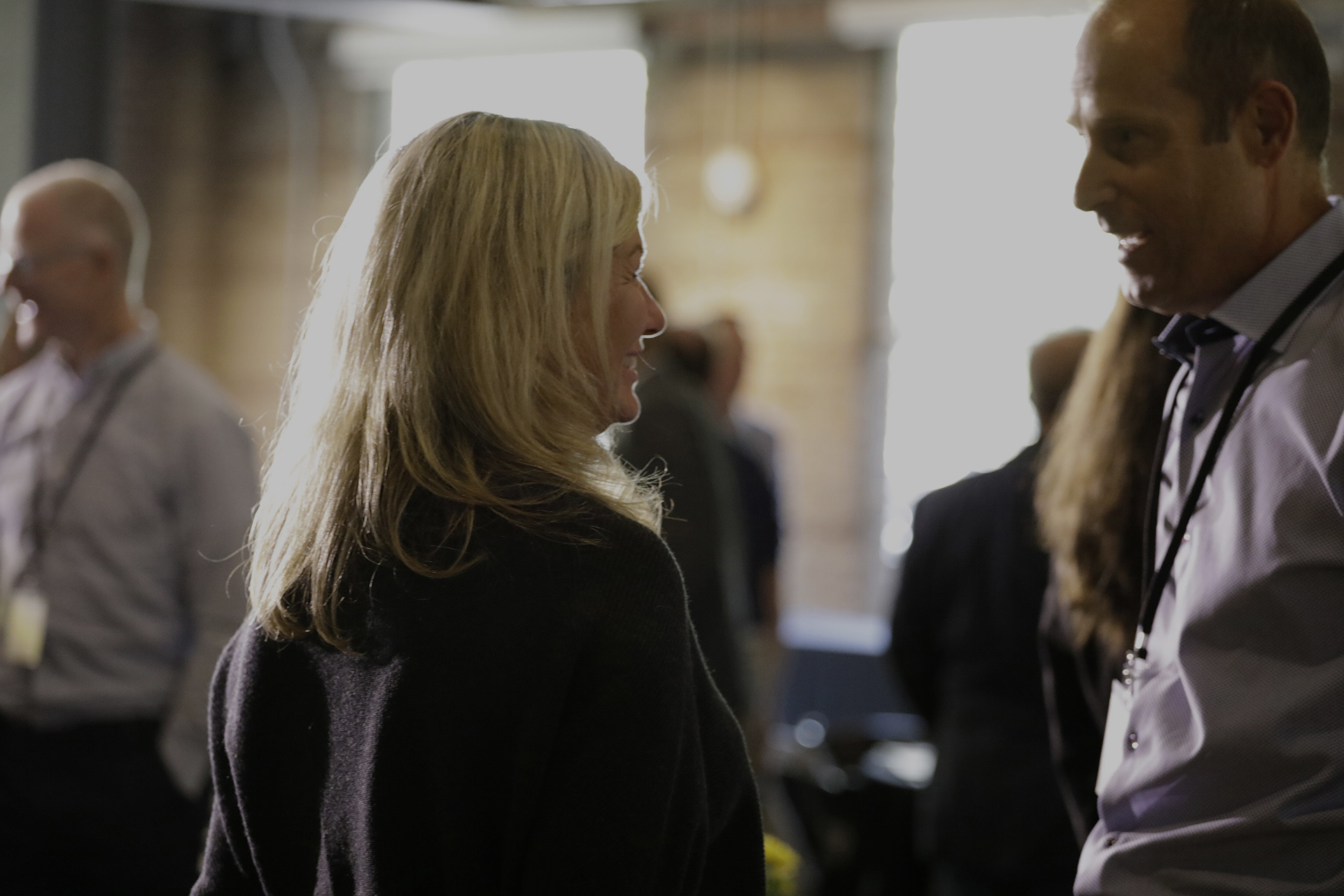For the vast majority of us, hearing is easy. From an evolutionary perspective, it is built into our survival system. It is our alarm system, supporting us to hear and escape danger. Or to hear the call of a mate and pass on our genes.
But listening, really listening, is hard. Made even harder in a world of distraction, information overload and the need to be ‘heard’ first.
In organizations where individuals lack strong listening skills, the conditions are ripe for interpersonal difficulties, conflict, the erosion of trust, and reduced levels of creativity and innovation. The good news is that we can train ourselves to become better listeners.
There are four levels of listening
- Habitual – When we listen from this level, we listen for what we already know. This is based on our perception filters. Every second of every day our brains are bombarded with an overwhelming amount of information. It is the equivalent of trying to process 11,000 PowerPoint slides every second of every day. If we were to consciously process all of that information, it would cause us to shut down. Our perceptual filters (or frames of reality) are learned over time through our experiences and what we’ve been taught. These filters discard any information that doesn’t match current frames of reality. So at this level of listening, we can miss new information.
- Factual – This level goes beyond our habitual listening. It’s listening for new information that may not match what we already know. At this level of listening, we consciously listen for information that disconfirms what we think we know.
- Empathetic – At this level, we listen from the perspective of the other person. What might they be feeling emotionally? At this level of listening, we listen to what they are actually saying, as well as what they aren’t saying and how they are saying it. We actively put ourselves in their world. This type of listening builds trust.
- Emergent – At this level of listening, we hold no agenda or outcome in mind. In discussion, we listen and allow for new innovative perspectives or ideas to emerge by letting go of any particular outcome.
The authentic listening process
- BE STILL – Be present & open
Ask yourself: How can I be fully present to this discussion? What distractions do I need to be aware of and manage? - EMPATHIZE – Listen intentionally
Ask yourself: What are they actually saying? What feelings are showing up? what aren’t they saying? - ACCEPT – Watch for filters of judgment that come from habitual listening
Ask yourself: What are your pre-conceived notions about this person, and about this topic? - AFFIRM – Summarize the essence of what they’re saying
Confirm with others what you heard to ensure you have not imposed your own perceptions on the information shared.
By embedding authentic listening in your team and organization, you’ll be supporting the conditions for innovation, creativity, and a strong workplace culture. If you would like to learn more about creating a culture of authentic listening, reach out to us at info@1-degreeshift.ca


